Week 8th to 14th July 2013
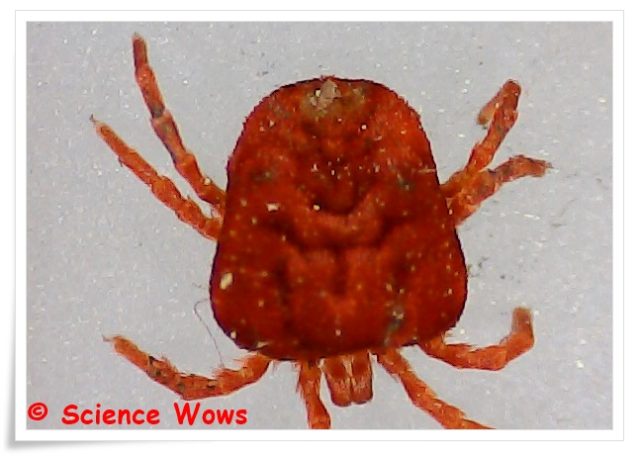
Science, Curiosity and Life
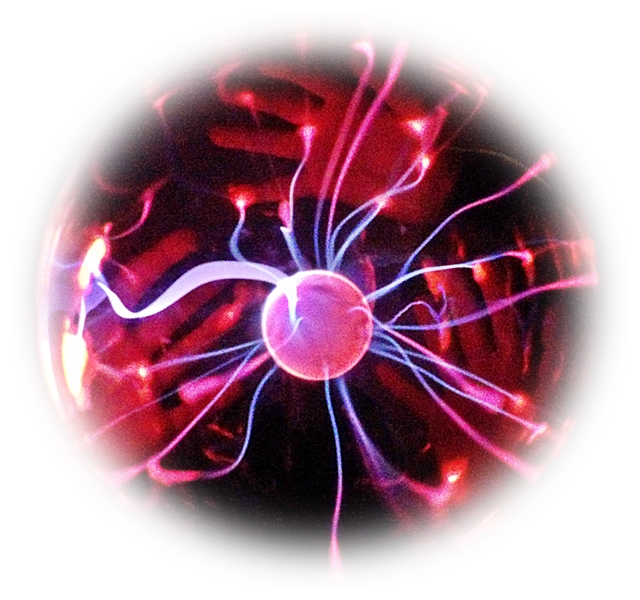
Science Wows is all about sparking children’s natural interests in Science!
It is learning while having fun!Whatever the event, whatever the venue it is Hands-on Science for children. Party entertainment, school visits, fun days, corporate events …. there are even local science camps during school holidays.
Read more
If you can’t explain it to a six year old, you don’t understand it yourself”
That is (apparently) one of Einstein’s many quotes. It took me a while to realise just how true these words are, but once I did I was able to marry a love of writing with a love of science. I discovered that once I broke things down to their most simple components
Read more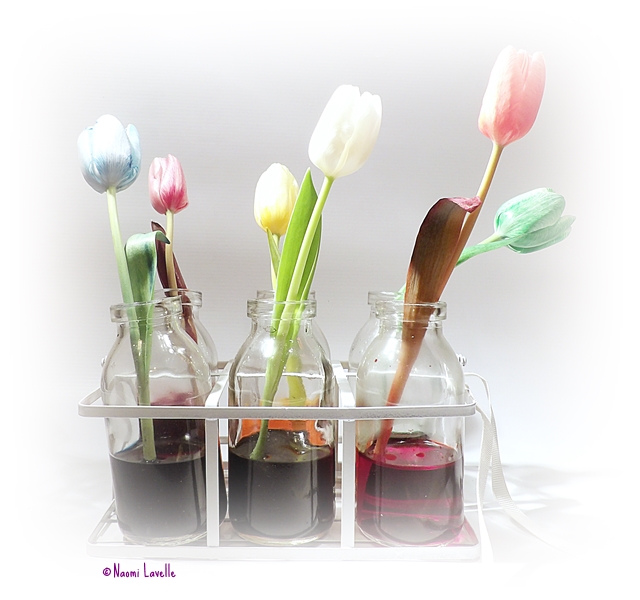
Dr. How’s Science Wows was set up by me (Naomi) in 2011. My background is biochemistry with a PhD in Molecular Biology; I have worked in the Medical Diagnostic Industry and lectured at third level colleges but the crux of what I do lies in many years working with children; from two to 20 they all have one thing in common…. curiosity!
Read more
Week 8th to 14th July 2013

WHAT IS A BUBBLE?
A bubble is a thin film of liquid filled with air or another gas. Most bubble are made up of soapy water and air.
LET’S LEARN MORE…
No matter what shape a bubble starts off as, it will always try to form a round shape (called a sphere). A sphere is the shape that allows the least amount of surface area – and therefore the least amount of energy is needed to maintain this shape.
If one or more bubbles touch they will loose their sphere shape – the walls of the touching bubbles will merge. If both bubbles are the same size the shared wall will be flat!
The walls of joined-up bubbles always meet at an angle of 120 degrees
 |
| photo credit: kaibara87 via photopin cc |
 |
| photo credit: Jeff Kubina via photopin cc |
WHAT COLOUR IS A BUBBLE?
Bubbles reflect colours from their surroundings so at first they may appear rainbow coloured.
HOW DOES IT WORK?
Did you know… The skin of a bubble is less than one thousandth of a millimetre thick!
EXPERIMENTS TO TRY AT HOME
Make your own bubble solution!
So now what?… Now start making bubbles!! If you don‛t have any bubble wands you can make your own using some pipe cleaners. Try shaping the pipe cleaners into different shapes and see how the bubble will still always end up as a sphere shape.
Did you know… The biggest free- floating soap bubble ever blown was 105.4 cubic feet. It could have held 788 gallons of water!
If you really want to scale it up make extra bubble solution and us a small paddling pool and a hoola hoop to make some mega bubbles!
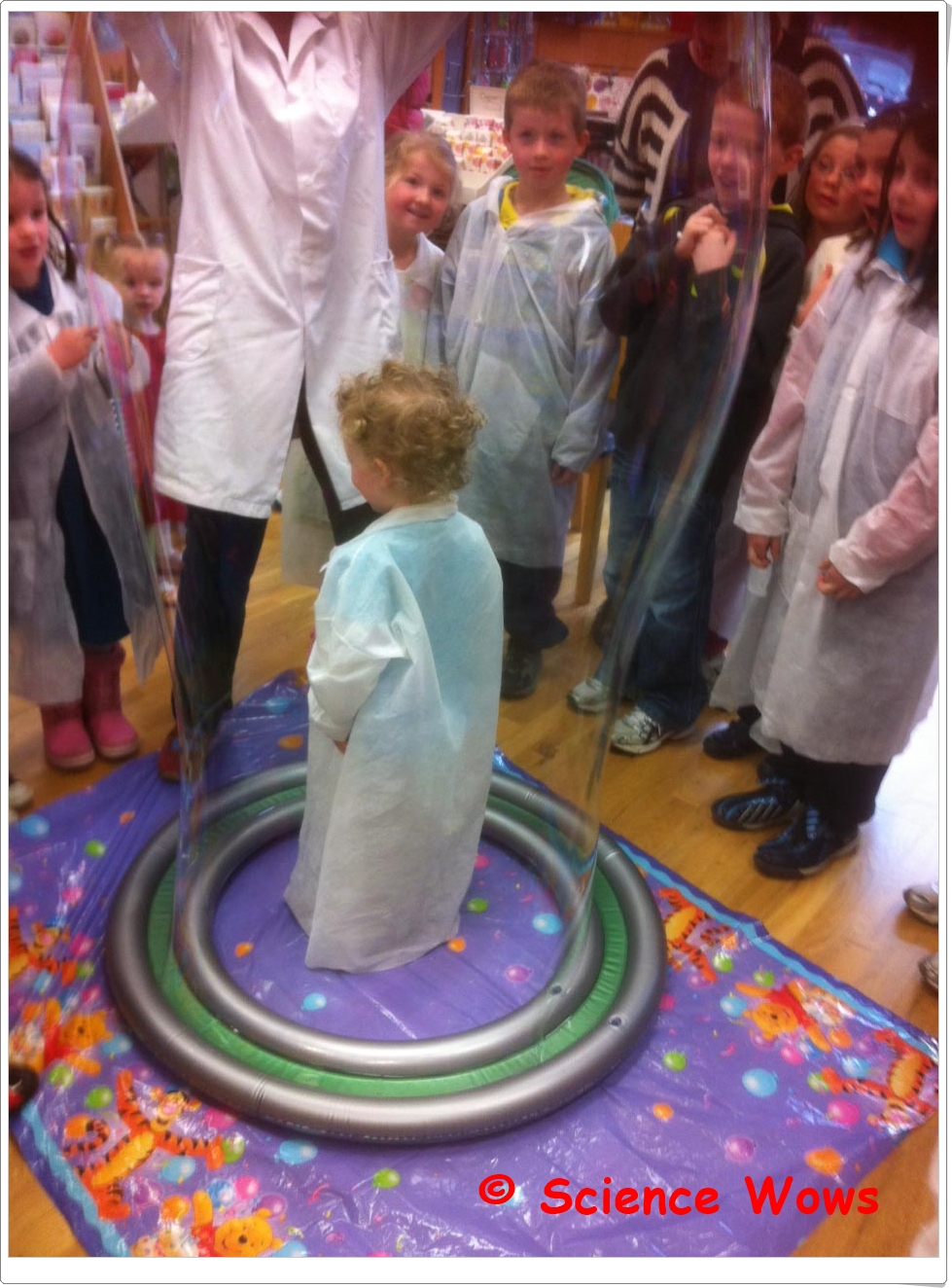 |
| This is a photo of my son in a big bubble made using a commercial bubble ring |
Did you know… The world record for the most people inside a bubble was set in 2006 by Sam Heath; His bubble contained 19 girls and boys over five feet tall!!
BUBBLE ART:
You will need.. bubble solution, food colouring, plastic cup, a straw, paper.
What to do: Pour bubble solution into the plastic cup until the cup is about one third full. Add two tablespoons of food colouring to the bubble solution and mix it well. Place the straw into the bubble solution and keep blowing until the bubbles are coming out of the pot.
You can repeat the process using different colours of food colouring!
ENJOY!
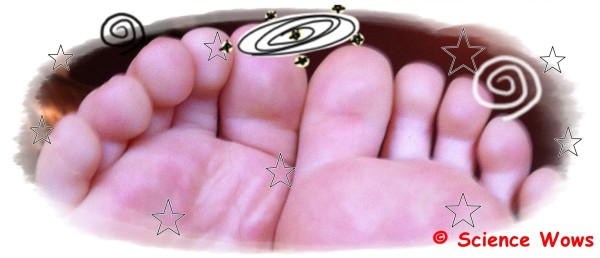
My three year old got up from kneeling the other day and started to wiggle and jiggle a little, when I asked him if he was OK he said…
So now we have a general understanding we need to know how nerves operate to explain the phenomenon a little further.
Nerves carry messages around the body; these messages can be transferred from one part of the body to another or from a part of the body to the brain, or vica versa. Nerves are made up of bundles of cells called neurons.
It is this high metabolic rate that causes the nerves to start to shut down their process. If the blood supply to the nerve is cut off or reduced (as is the case when we are sitting on a limb) they cannot produce enough energy to keep recharging themselves so the smallest neurons start to operate more erratically. These small neurons are the ones that transmit signals of pain, hence the first sensation of pins and needles.
Hope you enjoyed the blog, if you have a question, a comment or an idea for a topic you would like me to cover in a future blog please leave a comment!
There was a MAJOR drama here on Saturday morning! I was just having my morning cuppa when my son starting banging at the window and pointing up to the House Martins’ nests just above it. We knew straight away there was a problem.
| All that remained of two House Martin nests |
These House Martins are part of the family at this stage, our very “welcome house guests“. The children get up every morning and check on the nest (by check the nest I mean look up and see if any chicks have their head peeping out or parents flying back and forth). Anyway, on Saturday something was obviously wrong. When myself and the hubby got to the door we saw a pile of brown dusty clay on the ground and when we looked up there was nothing left of the two nests we had been monitoring so carefully. PANIC and DEVASTATION! Was it a natural collapse? Was it the dreaded Magpies? There was very little left except this small pile of dust. While trying to calm the children and work out what had happened we started to look around. That’s when my hubby spotted him, crouched behind a large plant pot but seemingly healthy and unharmed… one lovely little fledgling!
| Our little rescued fledgling! |
We were of course delighted to have found him, but now that we had we hadn’t a clue what to do with him and we knew whatever we did, we would have to do it quickly! So we decided to ring BirdWatch Ireland and seek advice. The person who answered the call was excellent and obviously used to this kind of thing. As we had been tracking these birds so much we were able to tell her that this little one was likely close to three weeks old, the age they usually fledge. She assured us that the nest collapse was very possibly just a natural event (possibly no magpies involved) and that the others might have already fledged. A little bit of hope, but what were we to do now?
| Temporary dwelling |
We remembered that we had an artificial House Martins nest somewhere, bought when we first moved into the house in an attempt to encourage nesting. With a bit of searching we eventually found it in the shed. Great… but how were we going to fit it to the wall… and in a hurry? That’s when hubby realised there was a leftover nail sticking out of the wall near the original nest. A frantic bit of drilling made a hole in the mounting of the artificial nest then with the help of a short ladder, a lot of stretching and a fair bit of cursing the job was done. Makeshift but secure!
| You can see the marks of the two original nest at the top! |
We would like to say a big THANK YOU to BirdWatch Ireland for their quick help and advice! If you want to follow them just click on the links (Facebook and twitter).
Update 12th July 2013:
I am really glad to report that Lucky is doing very well. He took his first flight last week and has being going strong ever since. So well in fact that we see very little of him these days – which is just how it should be.
When we put the “fake” nest up it was a quick and temporary solution… however it seems the House Martins are quite taken with it. As you can see from the photo, the nest is supposed to sit just under a horizontal eave, but we did not have that option when we put up the nest. The house martins are filling in the gaps and adding their own extension and roof. All this sounds really positive for the preparation of a second brood, we only hope that they are not planning to roof it all the way to the point of our roof, that kind of extension would never get planning permission or approval!
| “Lucky” planning another flight now that he has “found his wings”… can you see the mud extension being added by the parents? |
Week 1st to 7th July 2013
There were quite a few correct answers for this week’s Mystery Creature!
 |
| photo credit: Emily G. Round via photopin |
It was a Harp Sponge (Chondrocladia lyra)! This deep sea sponge was only recently discovered (2012) off the coast of California . It anchors itself to the sea bed (at depths of 3,300 – 3,500 metres) with a root like structure called a rhizoid. The “harp” like structures called vanes, consist of horizontal extensions (stolons) containing a series of equidistant vertical branches. The sponge can consist of one to six vanes. Each vertical branch is covered in velcro like hooks that ensnares the sponges prey. These carnivorous creatures feed on a range of small crustaceans, engulfing the captured prey in a thin membrane that slowly digests it, breaking it down to a size that can be consumed by the sponge.
 |
| Theophilos via photopin cc |
Light is a type of energy called “Electromagnetic” (EM) radiation. When we see light we see it in straight lines called rays.
 |
| San Diego Shooter via photopin cc |
 |
| buttersweet via photopin cc |
 |
| halfrain via photopin cc |
 |
| only_point_five via photopin cc |
 |
| wangsa via photopin cc |
Some of the best “gems” we get from our children are those moments before they go to sleep. Our children are still young enough to want five minutes with Mum or Dad at bed time. As frustrating and distracting as I sometimes find the task, once I lie down in the bed next to them and tune into their thoughts and ramblings, I am always grateful that I took the time.
In fact, these precious moments have been the inspiration for many of my blog posts here. This one is no exception… I lay down with my nine year old daughter last night at bedtime and the first thing out of her mouth was…
Although we tend to blink unconsciously we do still follow certain social cues or natural pauses. An interesting study observing an audience watching a short video found that they synchronized their blinking to occur at points in the video that required less attention or where they were less likely to miss something of importance.
The frequency of blinking also depends on the particular type of social interaction and the emotional state of the person. Blink rate tends to increase after a lie has been told, for example, but remains unchanged when telling the truth. Stress, anger and anxiety also increase blink rate. People suffering from depression have exhibited faster blink rates as well as those with certain mental health issues.
 |
| The Mona Lisa – image source Wiki Commons |
Week 24th to 30th June 2013
How did you do with this week’s Mystery Creature? A few correct answers… it is the Leaf nosed snake (Langaha madagascariensis)!
 |
| photo credit: wil p via photopin cc |
These snakes are unique to Madagascar and have these unusual extended “nose” appendages. The shape of the snout varied between the sexes (sexually dimorphic), the female’s is more broad and serrated and the male’s is longer and more pointy. The females are typically grey in colour while the males are usually brown on top and yellow on the underside of their bodies.
 |
| photo credit: David d’O via photopin cc |
The nasal appendage is present from birth, though it is folded in to expose the egg tooth.
Leaf nosed snakes feed mainly on lizards and frogs and are thought to be ambush feeders. They are arboreal snakes and are often observed hanging straight down from branches, noses pointing to the ground. Their shape and colouring camouflage them well. They are found in deciduous dry forest and rain forests.
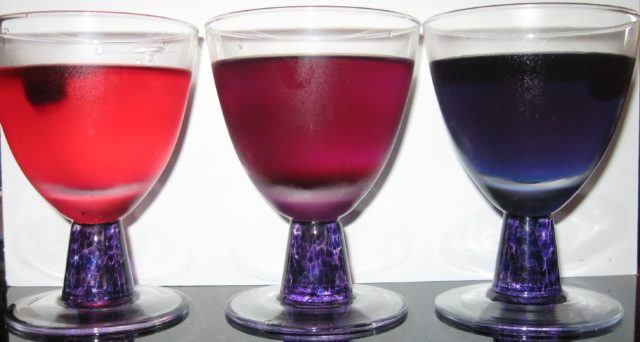
I know, I know, I shouldn’t call in Fun Friday when I am posting it on a Saturday, but ignoring the fact that I am a day late with this regular blog post, I hope you enjoy!
Acids and Bases are chemicals that occur naturally in lots of different substances.
Acids can be found in things like lemons and vinegar; Bases (also called Alkali) are found in toothpaste or many cleaning products. Bread soda is a base.
Did you know… that the word acid comes from the Latin word acidus meaning sour!
photo credit: ViaMoi via photopin cc
“Did you know… that bee sting venom contains an acid called formic acid!”
 |
| photo credit: Jason A. Samfield via photopin cc |
The colour of anthocyanin changes depending upon the acid levels (pH) of the plant. The bright red and pink colours of Autumn are due to anthocyanin and acid levels in leaves (for more on this see my previous
post “Carrots, Cabbages and Cups of Tea“).
photo credit: Parvin via photopin cc “Did you know… Hydrangea flowers can change colour depending on the pH of the soil. In acidic soils chemical reactions occur to make aluminium available to the plant, turning the flowers blue, in alkaline (basic) soil these chemical reactions cannot occur so the flowers remain pink.”